How Google Wave could work for businesses
We get inside Google Wave to see what’s on offer for businesses and why you should sign up for your free account.
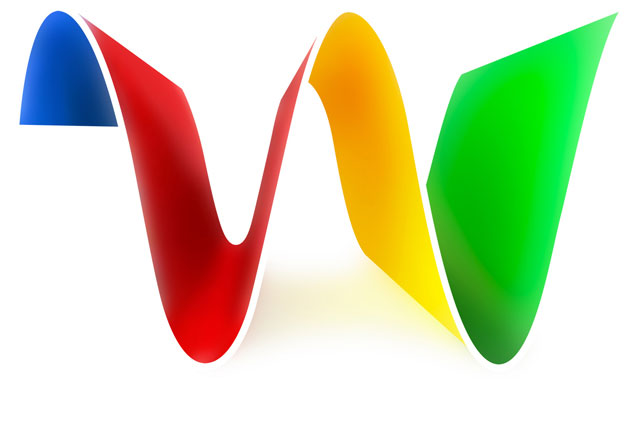
Like other social networking tools, Google Wave could be useful for businesses.
Google Wave is a real-time collaboration tool offering rapid media and file sharing and instant messaging. While aimed at a general social network audience, already there's talk about Wave as a potential rival for Microsoft's Sharepoint Services and collaboration tools used for project managing teams based at multiple locations.
Users can create a composite wave of photos, videos, maps and documents to which others can contribute and respond concurrently in real time and add their own files and content to waves.
Team members, customers or suppliers can join your wave as interested parties and receive notification of updates and even exchange instant messages with you and other members of the wave in real time as with MSN or Yahoo chat messengers. Playback mode even lets anyone rewind the wave to see who said and did what and when a useful audit trail for managers analysing how projects developed.
How does it work?
Google Wave's architecture is rather like a cheesecake built from three layers product, platform and protocol.
The product or application layer is built using HTML 5, the newest version of the internet's main programming language. It's HTML 5 that gives Google Wave its offline data storage capacity with document editing and history management that could prove so useful for businesses.
Get the ITPro daily newsletter
Sign up today and you will receive a free copy of our Future Focus 2025 report - the leading guidance on AI, cybersecurity and other IT challenges as per 700+ senior executives
HTML 5 also includes support for new video and multimedia tags which may make plugins like Adobe Flash and Microsoft Silverlight a thing of the past. New generation browsers like Google Chrome already support HTML 5 media playback.
The platform layer of Google Wave is built using various open source APIs which allow developers to access Wave functionality to build new automated programs and add-ons, known respectively as robots and gadgets.
Finally, there's the Google Wave Federation Protocol which hosts waves consisting of files, media and real-time communication on Google's server and offers support for concurrent edits and the publication of waves on several different websites.
Can Wave be integrated with my business systems?
Business email, blog and wiki integration is likely, along with the emergence of video conferencing tools which exploit Wave's media support.
However, the extent to which Google Wave could potentially be integrated with existing business systems like customer resource and content management tools is still unclear.
A maps gadget has been built which allows employees to collaborate using Google Maps to plan events such as meetings, and it's probable that other apps will appear to integrate Wave's event planning with calendars in programs like Outlook and Lotus Notes.
Google Wave is also likely to become a hotbed of mashup applications using Google Maps to plot data and overlay business statistics. With Wave already offering support for custom html, there will also be scope for customising the look and feel of waves to match your corporate business website and to employ the same CSS stylesheets used to administer your website.
Could Wave potentially be used in CRM?
Google Wave already contains a robot application named Twiliobot which can record and transcribe phone conversations. Twiliobot works by using the Twilio Phone API and some Python and XML code to allow you to dial customer or contact phone numbers simply by clicking on a link.
Twilio then phones up that person's mobile or landline and the conversation is both transcribed as text and turned into an audio sound file - including MP3, Wav and AIFF formats - to which others can listen.
This technology opens up all sorts of CRM possibilities but potentially has some security and data protection implications. Inevitably, some conversations are private and confidential and not everyone will want them posted on the web. Twilibo tries to avoid this by ensuring each party has the chance to opt out of having the call recorded and transcribed, and only making a wave public if requested.
That said, Twilibot has two major limitations: it's currently limited to 10 digit US or Canadian numbers and the app itself transforms phone numbers into URLs which could be susceptible to unauthorised access.
Could Wave replace Sharepoint Services?
Microsoft's collaboration tool SharePoint Services 3.0 offers many of the same features as Google Wave but operates entirely differently, making use of SQL Server technology to store content and relying on Microsoft's .NET and Sharepoint server framework.
Certainly Google Wave is attractive in being free and not incurring the same startup or installation costs, but while you don't need the same SQL/.NET/Windows Server skillsets within your organisation to administer Wave, any development will simply mean relying on another set of IT skills in terms of working with XML, JavaScript and APIs.
For now, SharePoint Services still has the edge thanks to its Microsoft Office integration and content control features such as permissions, version history, document check-in, and approval workflows. But it's quite possible an open source Google Wave could soon catch up.
What Business Apps will be available in Wave?
There are a number of robot business apps that will be available in Wave including Stocky, an app which allows you to type symbols like the dollar sign into a wave to get real time stock price data.
There's also Rosy, a built-in tool which works as you type both to translate instant messages written in foreign languages in real time and offers suggestions when typing in a foreign language to a business contact with support for up to 40 languages.
While still very simplistic, Bidder is a real-time auction tool displaying the current highest bid, and allowing you to enter your own bid for a product. In future, businesses may build product sales waves including video, images and documents associated with an item for sale combined with a similar auction bid or buy it now facility.
Time to sign up?
Google Wave shows real potential as a business tool with an ever-growing number of apps which could prove very viable in the world of work.
Just a week ago, Silicon Valley phone company Ribbit announced Conference, a wave extension that enables real-time audio collaboration between participants in a wave conference where people can talk as well as type simultaneously.
Chief executive Ted Griggs said: "The real promise of internet telephony lies in making voice a programmable feature - one that can be easily added to web pages, widgets, online communities and applications."
If all that appeals to you, get your business signed up here.
-
 Women show more team spirit when it comes to cybersecurity, yet they're still missing out on opportunities
Women show more team spirit when it comes to cybersecurity, yet they're still missing out on opportunitiesNews While they're more likely to believe that responsibility should be shared, women are less likely to get the necessary training
By Emma Woollacott
-
 OpenAI's new GPT-4.1 models miss the mark on coding tasks
OpenAI's new GPT-4.1 models miss the mark on coding tasksNews OpenAI says its GPT-4.1 model family offers sizable improvements for coding, but tests show competitors still outperform it in key areas.
By Ross Kelly
-
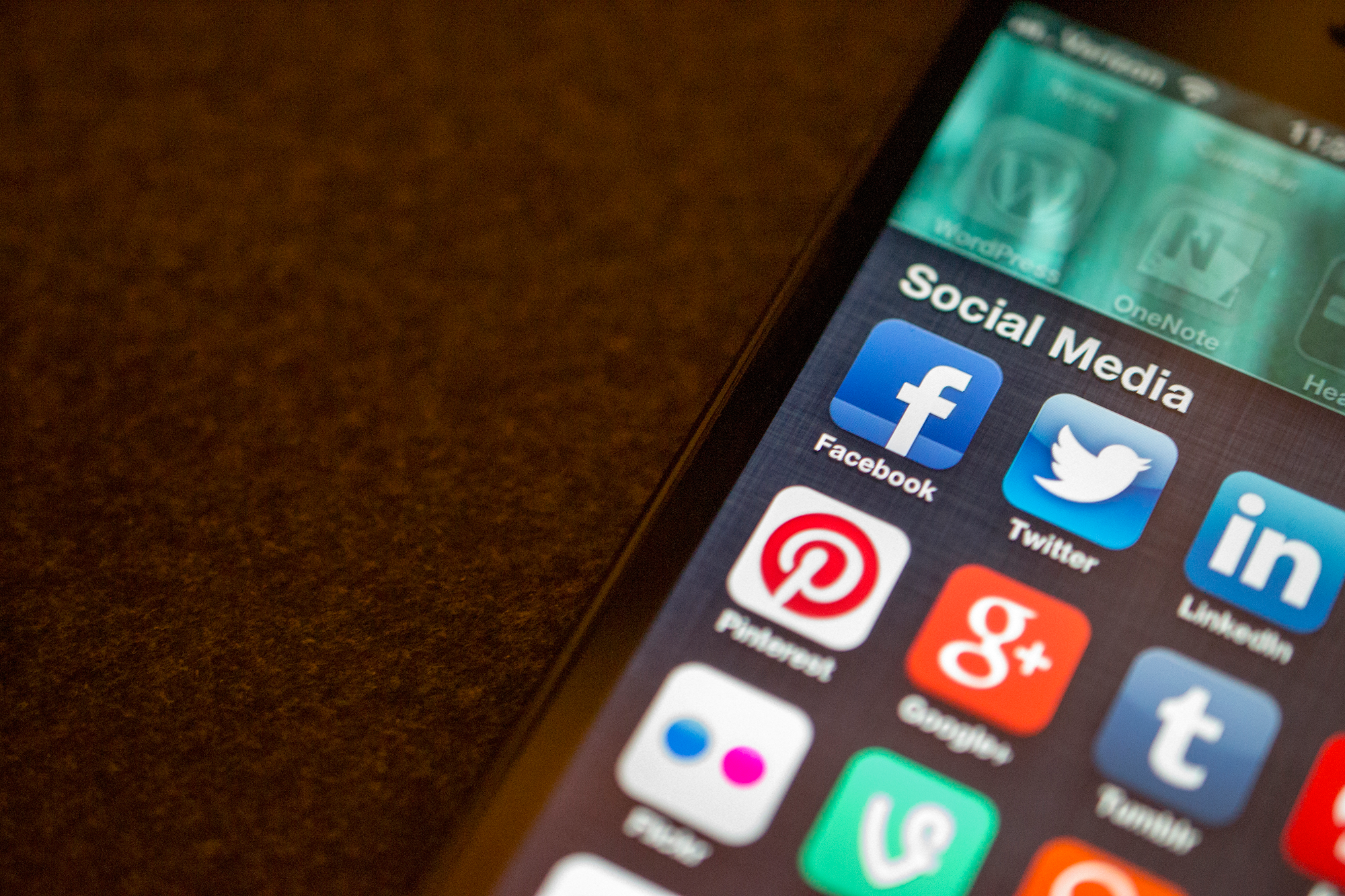 Six skills you need to be an effective social media manager
Six skills you need to be an effective social media managerIn-depth Social media has become integral to modern business, so skilled managers are in high demand
By Dale Walker
-
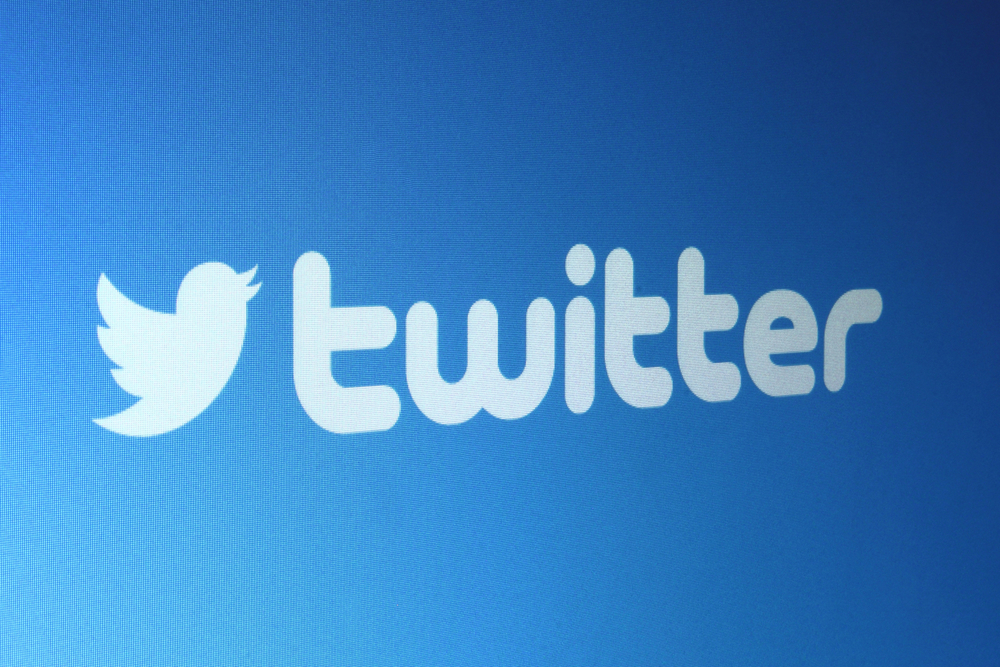 Twitter lets you add comments to your retweets
Twitter lets you add comments to your retweetsNews Twitter reduces character limit so you can throw in your two cents worth
By Joe Curtis
-
Google+ accounts no longer needed to access Gmail
News Google has lifted its rule stating that users must have a Google+ account if they want to use Gmail or Docs
By Clare Hopping
-
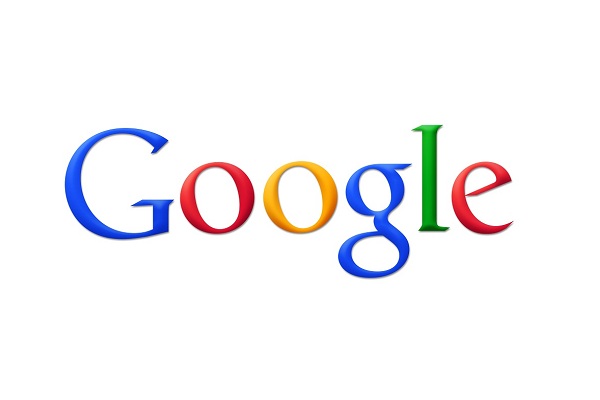 Google+ courts business users with new corporate privacy settings
Google+ courts business users with new corporate privacy settingsNews Google Apps users to get first look at internet giant's new social networking features.
By Caroline Donnelly
-
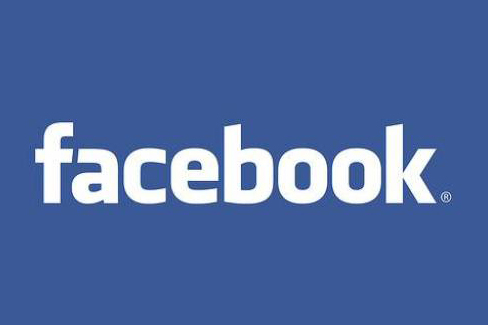 Facebook flooded with foul images
Facebook flooded with foul imagesNews Facebook says it is looking into user complaints of violent and sexual images on the site.
By Eva Martin
-
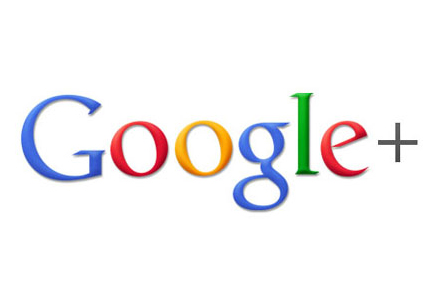 Google+ hits public beta
Google+ hits public betaNews The new social network is open to everyone, as Google announces a number of fresh features.
By Tom Brewster
-
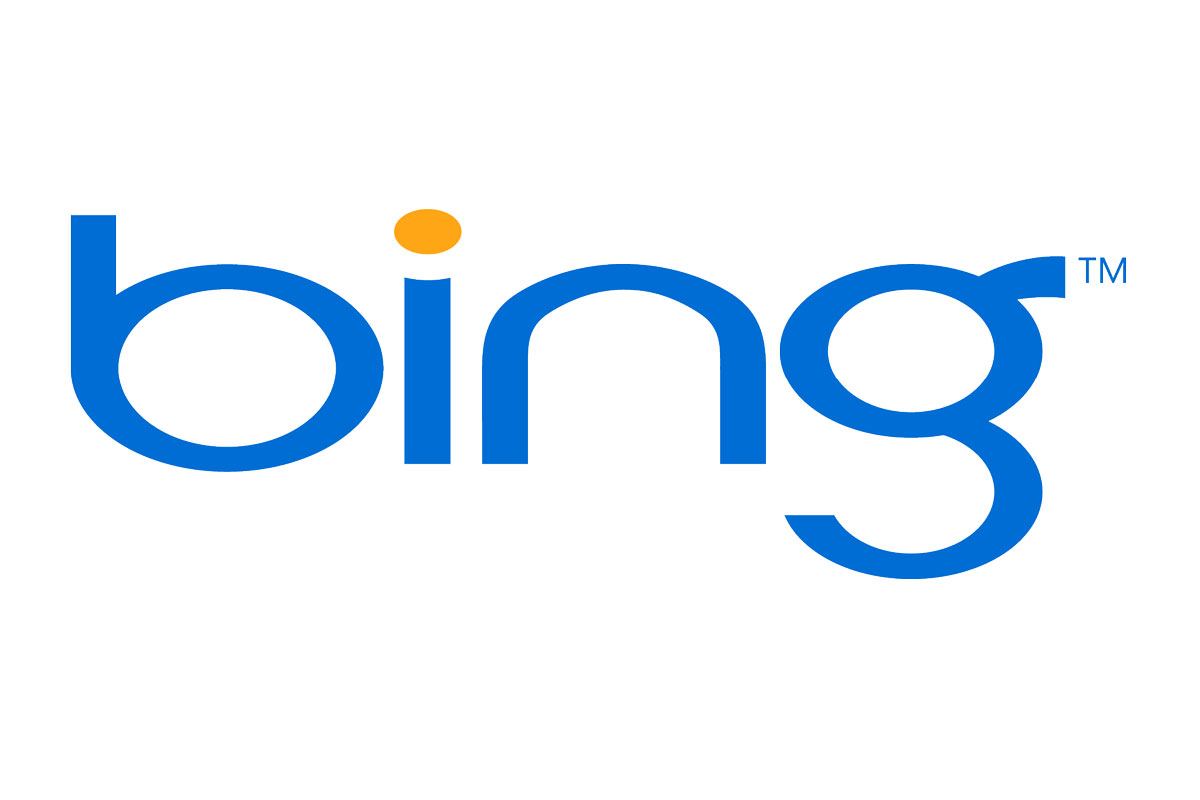 More Brits browse with Bing
More Brits browse with BingNews Microsoft's search engine overtakes Yahoo in UK popularity stakes, regaining number two spot.
By Miya Knights
-
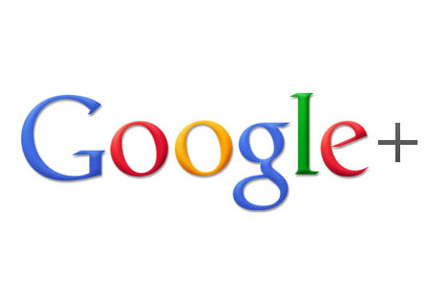 Google+ extends beta to business
Google+ extends beta to businessNews Submission deadline looms for businesses looking to get involved with social network’s testing phase.
By Miya Knights